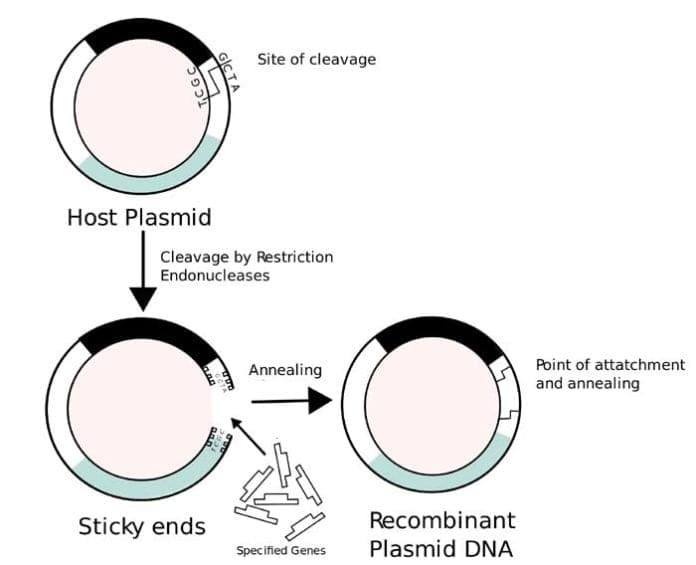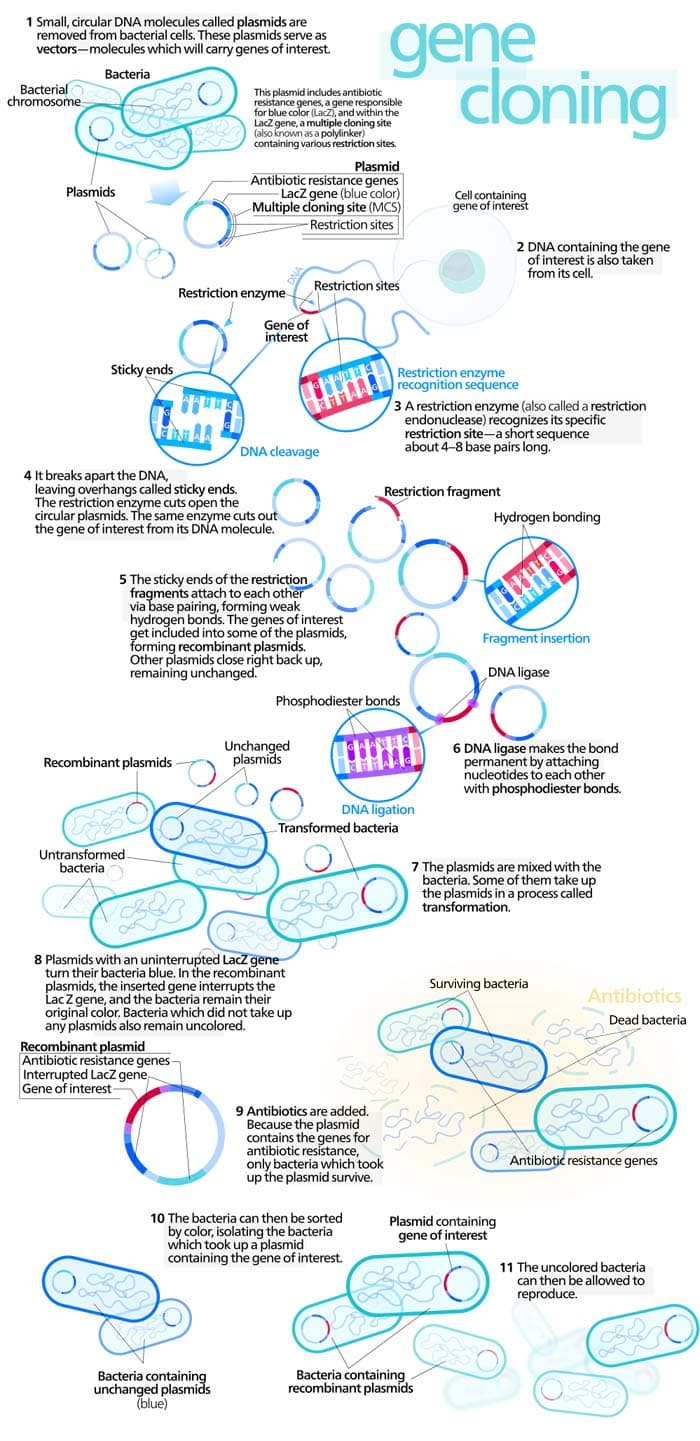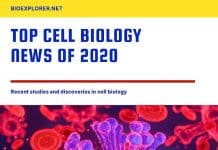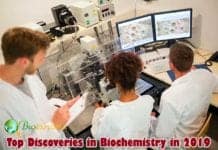
Recombinant Proteins: Proteins[1] are complex biomolecules that play various fundamental roles in living systems. They are made up of building blocks called amino acids that are attached to one another in chains.
Proteins occur in different types and serve functions like structural support, mediation of cell processes, the regulation of cells and tissues, and the expression of physical attributes like eye color, height, and much more.
The advent of modern technologies has undeniably brought so much improvement in the study of protein molecules. For instance, one of the main goals of the biotechnological field< is the production of recombinant proteins.
What are these molecules by the way? Find out below:
Table of Contents
What Is A Recombinant Protein?
- The technology of recombinant DNA is possible because of the huge similarity that exists in almost all genetic material of living organisms (i.e. similar chemical structure).
- However, it does not mean that when a recombinant DNA is inserted into a host, it will necessarily express and the protein will be produced. In order to do this, the DNA from the source organism need to find a vector and that vector will be the one to drive DNA replication in the host.
![]()
History of Recombinant Proteins
- In 1974, Stanford University applied for patent (with Stanley Cohen and Herbert Boyer as inventors) and was awarded in 1980.
- Three years later, new advancements in the technology arose such as the creation of the biosynthetic human insulin by Herbert Boyer.
![]()
Two Methods of Producing Recombinant Proteins
As alluded to earlier, the process of producing recombinant proteins is highly dependent on the process of inserting the DNA segment to the host’s genome. Two methods are known to produce recombinant DNA namely molecular cloning and PCR.
1. Through Molecular Cloning
- Following the isolation of the DNA segment is its cutting (with restriction enzymes) and inserting into the plasmid vector through ligation.
- The resulting product is now called a recombinant plasmid and is now ready to be inserted into the host (which is in the case of the illustration below is the bacterium E. coli).

![]()
2. Through Polymerase Chain Reaction (PCR)
- Unlike molecular cloning, PCR produces recombinant DNA without the need for vectors and host cells.
- The templates DNA (DNA to be copied) is simply mixed with the forward and reverse primers, nucleotides, and DNA polymerase and undergo repeated cycles through PCR.
![]()
Applications of Recombinant Proteins
As the industry of biotechnology continues to expand, the expression of a wide variety of recombinant protein in biological systems also expands as well. Listed below are the common applications of recombinant proteins:
1. Control Glycosylation Process
- Studies[5] reveal that by manipulating the structures of oligosaccharides on a recombinant protein can enhance the quality of glycan, which is essential for the development, growth, functioning, or survival of the organism that synthesizes them.
![]()
2. Improve the Efficiency of Central Carbon Mechanism
- By reducing the accumulation of lactate[6] in the body, the production of glucose in cells can be enhanced and overall cell performance can be improved.
![]()
3. Map and Sequence Genes
- Aside from that, they can be used in order to determine the function of other genes in processes like cell signalling, cell growth, and even apoptotic cell death.
![]()
4. Serve As Potential Sources of Drugs
- At present, about 30% of the current biologically-derived drugs are obtained from the recombinant proteins expressed by bacterial hosts.
![]()
There is no doubt that the production of recombinant proteins has revolutionized science. While the potential benefits of recombinant proteins are highly encouraging, questions regarding some mechanisms of the process still remain unanswered and still up for future studies.
In addition to that, process of producing recombinant protein can sometimes fail, but how can these errors be minimized in order to accelerate drug discovery? We shall await for an answer these questions then.
![]()
Cite This Page
References
- “What are proteins and what do they do? – Genetics Home Reference”. Accessed April 24, 2017. Link.
- Cohen, Stanley N., Annie C. Y. Chang, Herbert W. Boyer, and Robert B. Helling. “Construction of Biologically Functional Bacterial Plasmids In Vitro.” Proceedings of the National Academy of Sciences of the United States of America. November 1973. Accessed April 24, 2017. Link.
- “Molecular Cloning: Basics and Applications | Protocol”. Accessed April 24, 2017. Link.
- “Polymerase Chain Reaction (PCR) Fact Sheet – National Human Genome Research Institute (NHGRI)”. Accessed April 24, 2017. Link.
- “Engineering of a mammalian cell line for reduction of lactate formation and high monoclonal antibody production – Chen – 2000 – Biotechnology and Bioengineering – Wiley Online Library”. Accessed April 24, 2017. Link.
- “Recombinant protein production in bacterial hosts. – PubMed – NCBI”. Accessed April 24, 2017. Link.
















